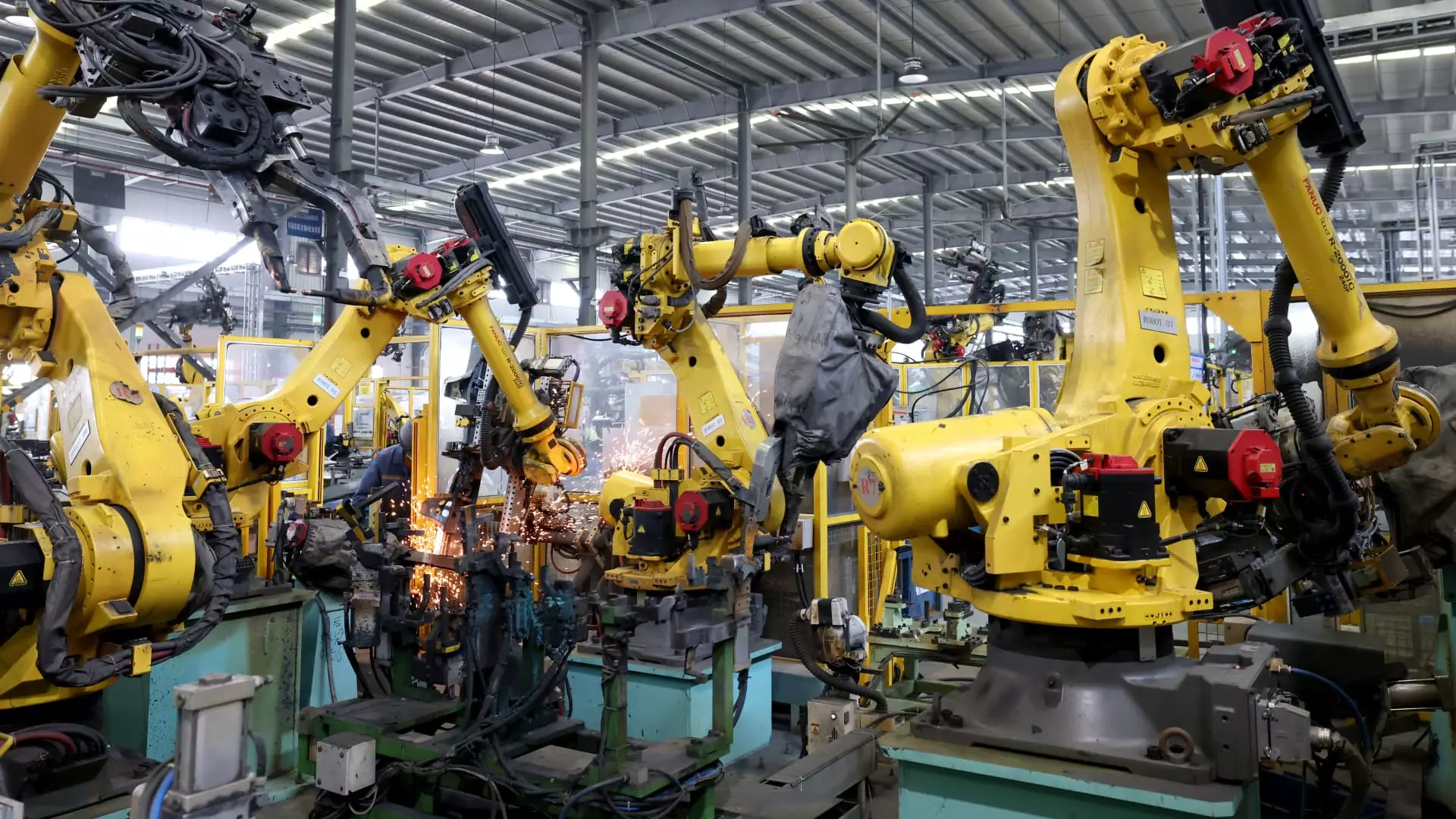In a surprising turn of events, China’s official Purchasing Managers’ Index (PMI) for October registered at 50.1, marking a significant upturn in economic activity. This reading exceeds market expectations, which anticipated a score of 49.9 following September’s lackluster figure of 49.8. The PMI crossing the pivotal 50-point threshold, a line that divides expansion from contraction, heralds a potential recovery for China’s economy. The last time the index was in expansion territory was in April, when it reached 50.4.
According to Zhiwei Zhang, President and Chief Economist at Pinpoint Asset Management, there are expectations for moderate economic improvement in the upcoming fourth quarter. He attributes this optimism to anticipated loosening of monetary and fiscal policies. With the National People’s Congress standing committee scheduled to convene next week, there are widespread anticipations for a fiscal stimulus announcement, which could further invigorate the economic landscape post-meeting on November 8.
The sub-index for production revealed an encouraging figure of 52 in October, indicating robust manufacturing output. However, concerns linger in employment and inventory levels. The inventory of raw materials remains in contraction at 48.2, and employment figures also showed weakness, at a level of 48.4, although this represents a slight improvement from the previous month. These figures suggest that while production may be ramping up, the labor market is still grappling with challenges, underscoring a mixed recovery.
In addition, the non-manufacturing PMI exhibited a modest increase to 50.2, up from 50 in September but still slightly lower than August’s figure. Notably, the employment metric within the non-manufacturing sector improved by 1.1 percentage points to 45.8, signaling ongoing difficulties but also incremental progress. This paints a picture of an economy tentatively transitioning from contraction, yet still facing substantial headwinds in job creation.
The broader economic context also reveals that while domestic consumer demand and the real estate sector have faced slowdowns, exports have consistently emerged as a beacon of resilience. A recent survey from the U.S.-based China Beige Book indicated improvements in manufacturing output year-on-year, with both domestic and export orders showing signs of recovery. Notably, the sharp decline in export orders from the U.S. appears to have moderated in October, which is a promising signal for manufacturers.
Market reactions to recent stimulus efforts have been positive, with stock markets showing vitality following key meetings led by President Xi Jinping, which called for a reinforcement of fiscal and monetary support. Investors appear optimistic that targeted measures could shore up economic performance and restore confidence among both consumers and businesses.
While the latest PMI figures present a cautiously optimistic view of China’s economic trajectory, the persistence of issues related to employment and inventory levels suggests that recovery will likely be uneven. Policymakers must remain vigilant and proactive in addressing these challenges as the world continues to monitor China’s economic revival.

